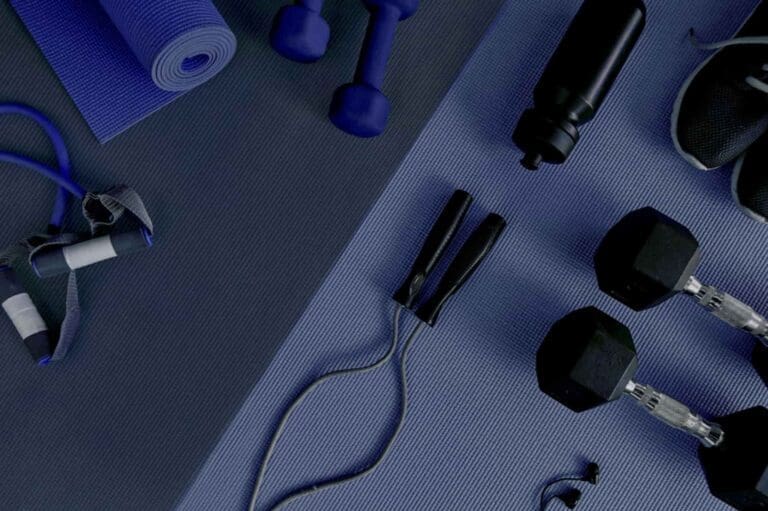In the ever-evolving world of fitness, hybrid workouts have emerged as a powerful trend, offering a dynamic and comprehensive approach to achieving health and wellness goals. By combining elements of strength training and cardiovascular exercise, hybrid workouts provide a balanced and efficient way to build muscle, burn fat, and improve overall fitness. This article explores the benefits of hybrid workouts, how they can be tailored to individual needs, and why they are becoming a staple in personal training programs.
What are Hybrid Workouts?
Hybrid workouts blend different types of exercises into one cohesive session, typically integrating strength training with cardiovascular activities. This approach maximizes the benefits of both types of exercise, ensuring that the body is constantly challenged and engaged. For instance, a hybrid workout might include alternating between weightlifting and high-intensity interval training (HIIT), or combining yoga with plyometrics.
The Benefits of Hybrid Workouts
1. Comprehensive Fitness
One of the primary advantages of hybrid workouts is their ability to target multiple aspects of fitness simultaneously. Strength training builds muscle mass, increases metabolism, and enhances bone density. Cardiovascular exercise, on the other hand, improves heart health, increases endurance, and aids in fat loss. By combining these elements, hybrid workouts offer a holistic approach that ensures balanced development and overall fitness.
2. Efficient Use of Time
For those with busy schedules, hybrid workouts are an efficient way to maximize workout time. Instead of dedicating separate sessions to strength and cardio, individuals can achieve both goals in a single workout. This efficiency not only saves time but also keeps the workouts dynamic and engaging, reducing the risk of boredom and burnout.
3. Enhanced Calorie Burn
Hybrid workouts often involve high-intensity exercises that elevate the heart rate and keep it elevated throughout the session. This sustained intensity leads to a higher calorie burn, both during and after the workout. The combination of strength and cardio exercises also creates a metabolic afterburn effect, where the body continues to burn calories at an increased rate post-exercise.
4. Improved Functional Fitness
By incorporating a variety of movements and exercises, hybrid workouts enhance functional fitness—the ability to perform everyday activities with ease and efficiency. This is particularly beneficial for individuals looking to improve their overall quality of life and prevent injuries.
Designing a Hybrid Workout
Creating an effective hybrid workout involves strategically blending different types of exercises to achieve a balanced and comprehensive routine. Here are some key components to consider:
1. Strength Training
Strength exercises can include traditional weightlifting, bodyweight exercises, resistance band workouts, and more. The focus should be on targeting all major muscle groups, ensuring a balanced development. Examples of strength exercises include squats, deadlifts, push-ups, and pull-ups.
2. Cardiovascular Exercise
Cardio elements can range from steady-state activities like running or cycling to high-intensity interval training (HIIT). The goal is to elevate the heart rate and improve cardiovascular endurance. Incorporating exercises like jumping jacks, burpees, sprints, and mountain climbers can add the necessary cardio component to the workout.
3. Flexibility and Mobility
Including flexibility and mobility exercises can enhance overall performance and reduce the risk of injury. Stretching, yoga, and dynamic warm-ups are excellent additions to a hybrid workout, promoting muscle recovery and flexibility.
Sample Hybrid Workout Routine
Warm-Up:
- 5 minutes of dynamic stretching
- 5 minutes of light cardio (jogging or jumping rope)
Main Workout:
Circuit 1:
- Squats (strength)
- Burpees (cardio)
- Push-ups (strength)
- Mountain Climbers (cardio)
Perform each exercise for 45 seconds, with a 15-second rest in between. Repeat the circuit 3 times.
Circuit 2:
- Deadlifts (strength)
- Jumping Jacks (cardio)
- Pull-ups (strength)
- High Knees (cardio)
Perform each exercise for 45 seconds, with a 15-second rest in between. Repeat the circuit 3 times.
Cool Down:
- 5 minutes of static stretching
- Deep breathing exercises
Personal Training and Hybrid Workouts
Personal trainers play a crucial role in designing and implementing hybrid workout routines. They can tailor programs to individual needs, ensuring that exercises are performed with proper form and technique. Trainers also provide motivation and accountability, helping clients stay consistent and achieve their fitness goals.
For those looking to explore hybrid workouts with professional guidance, personal training appointments can be booked through hollyroser.com. Working with a personal trainer ensures that workouts are safe, effective, and aligned with personal fitness goals.
Success Stories and Testimonials
Many individuals have experienced significant improvements in their fitness levels through hybrid workouts. Testimonials often highlight increased strength, improved endurance, and enhanced overall health. Personal trainers have also observed that clients who engage in hybrid workouts tend to stay more motivated and consistent with their fitness routines.
For personalized hybrid workout programs and professional guidance, personal training appointments can be easily booked through hollyroser.com.
Conclusion
Hybrid workouts offer a powerful and efficient way to achieve comprehensive fitness. By combining strength training with cardiovascular exercise, individuals can enjoy a balanced approach that enhances muscle development, cardiovascular health, and overall functional fitness. As the popularity of hybrid workouts continues to rise, more people are discovering the benefits of this dynamic training method. Whether you’re a beginner or a seasoned athlete, hybrid workouts can help you reach your fitness goals in a time-effective and engaging manner.
Sources:
- American Council on Exercise. (2020). The Benefits of Hybrid Workouts. ACE Fitness. Retrieved from acefitness.org
- Harvard Health Publishing. (2019). Strength and Cardio: Better Together. Harvard Medical School. Retrieved from health.harvard.edu
- Mayo Clinic Staff. (2021). Combining Strength and Cardio for Maximum Results. Mayo Clinic. Retrieved from mayoclinic.org
Image credit:
Creator: What The Fox Studio / IB Photography Limited
Copyright: © 2018 What The Fox Studio / IB Photography Limited






